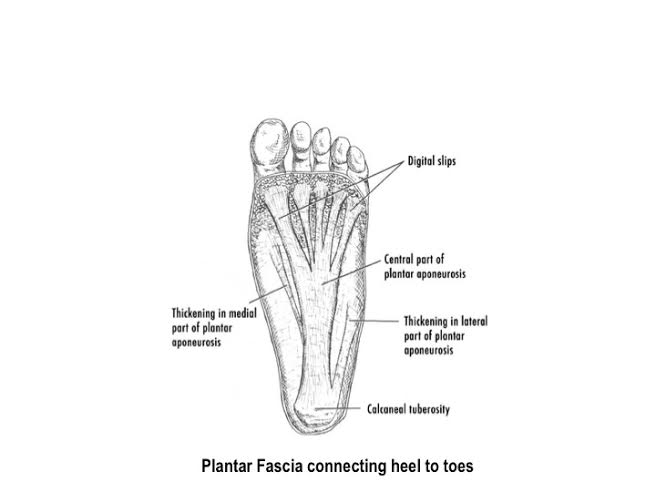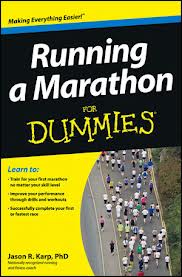With all those modern-day labour-saving devices, can we put our feet up and enjoy life? No, we are told to shed our sedentary life-style and get fit. But at what cost?
Having spent many Sunday afternoons, patching up sports injuries in A&E departments, the price often seems high.
Besides acute injuries acquired on rugby pitches or tennis courts, our new-found fitness enthusiasm can have more insidious effects, particularly if we dash out, after sitting at a computer for eight hours, to pound the tarmac in our new go-faster runners. We often forget to allow our bodies to gradually adjust and strengthen, pushing ourselves to train too fast and for too long.
This can all take its toll on our fascia. Which is …?
Fascia is an unsung hero. Much of our body is held together by fascia—fibrous sheets and cords under skin, around muscles and organs, forming a framework and providing structure.
Normally it has a smooth surface, allowing muscles to glide over each other. However if strained, it becomes sticky, lumpy and tight. That’s when we start to notice it.
The plantar fascia lies underneath our soles, connecting our heel bone to our toes, and supporting our foot arch. 
We usually neglect our poor feet, which carry our weight and absorb intense and rapidly changing forces during many sports. The plantar fascia struggles to support and maintain foot shape during these activities, but if it is strained, it develops small tears and becomes inflamed.
The first sign is pain under our heel, which, counter-intuitively, is usually worse on getting out of bed, and paradoxically improves when warmed up by exercise. However don’t be fooled. You need to rest your foot to recover. If you don’t you could have chronic problems.
It is most frequent in women, aged 40-60 years, and is induced by long-distance running, walking or dancing,
obesity and occupations involving standing or walking.
Importantly, the root cause may be elsewhere in the leg, the plantar fasciitis being a manifestation of poor biomechanics and abnormal walking/running movement.
Besides resting, anti-inflammatories, such as ibuprofen help. Most people recommend stretching the plantar fascia, and, importantly, also the Achilles tendon and the calf, as tightness in these may aggravate the plantar fascia. Night splints can maintain stretching whilst you sleep. Others advise against stretching the fascia itself whilst it is inflamed.
Ice massage is useful, for example, rolling your foot on a frozen orange. The massage is quite painful, and the ice has a numbing effect. Personally, I recommend buying a quarter bottle of Prosecco. Drink the contents, half-fill with water and freeze, then roll your sole on the frozen bottle (the Prosecco takes your mind off the pain).
Shoe arch supports ease the fascia, or your therapist may use strapping.
The fasciitis will eventually settle, but may take up to two years. Steroid injections, give temporary relief but weaken the fascia in the long-term.
So what inspired me to write about this? Let’s just say, I’m rolling my foot on a frozen Prosecco bottle as I write.
Further Information and References:
http://www.mayoclinic.org/diseases-conditions/plantar-fasciitis/basics/definition/con-20025664
http://www.runnersworld.com/tag/plantar-fasciitis
http://www.kttape.com/instructions/plantar-fasciitis/
Note: These articles express personal views. No warranty is made as to the accuracy or completeness of information given and you should always consult a doctor if you need medical advice


